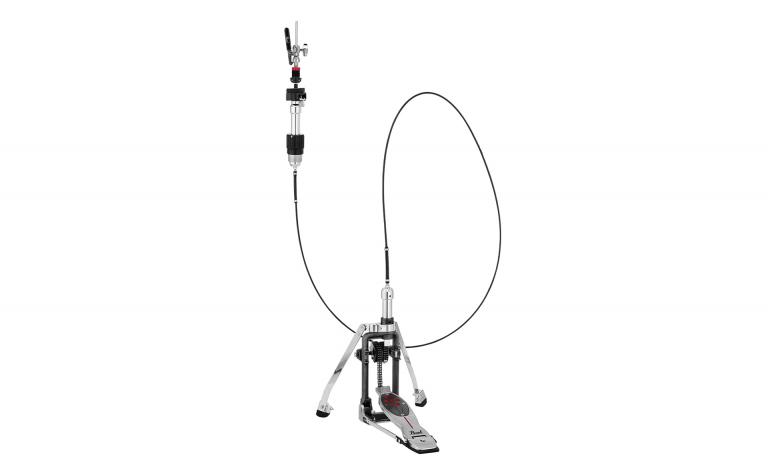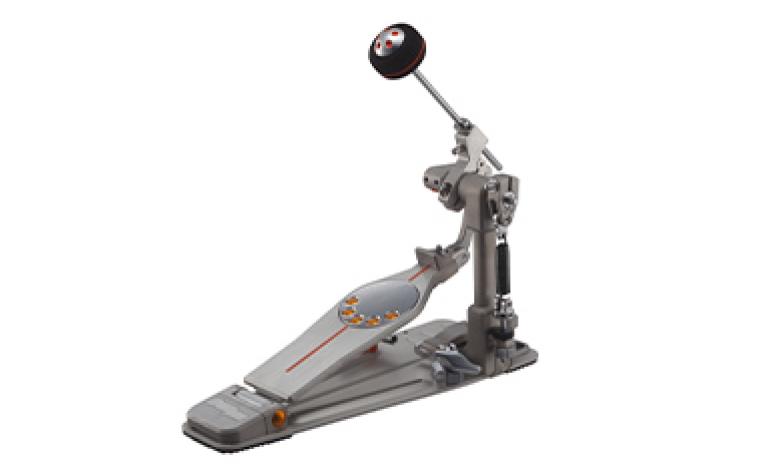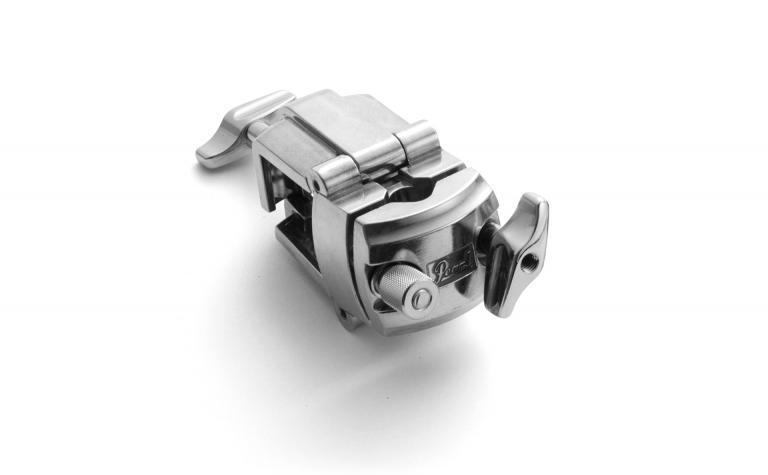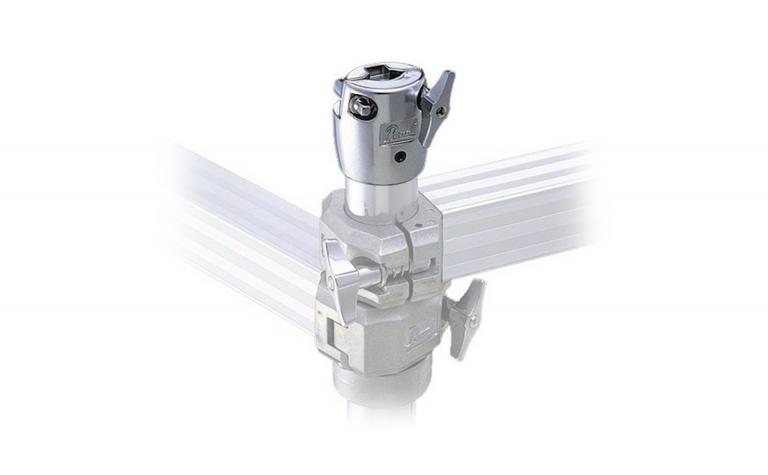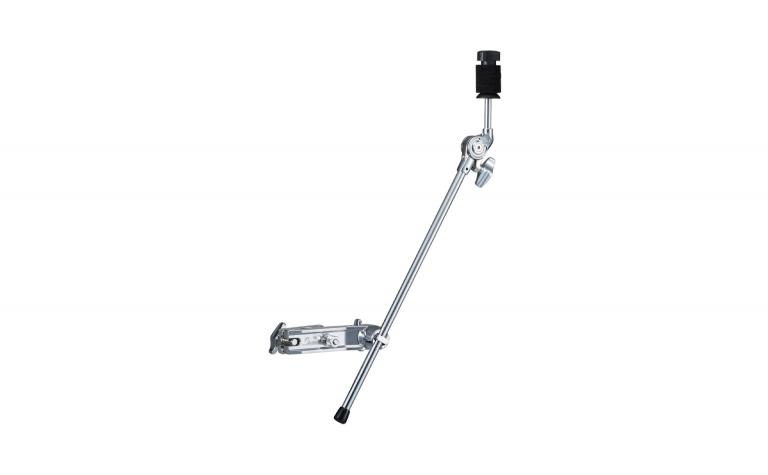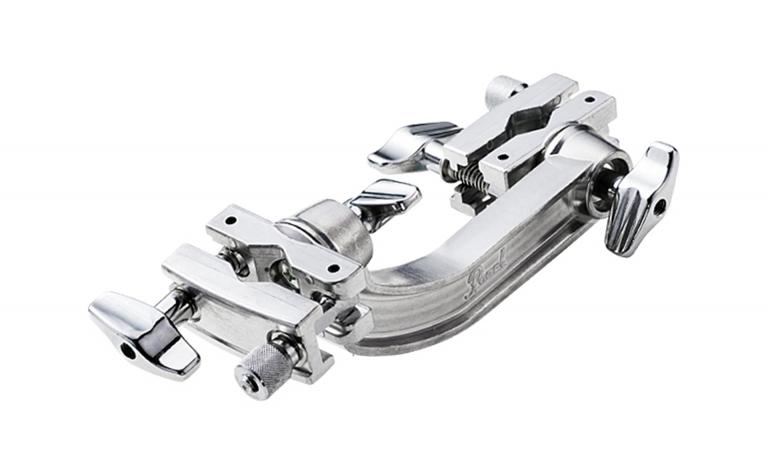A.Sivamani
Independent
Overview
For Sivamani, music is a passion and self-learnt. It runs in his blood as his father S.M. Anandan, a renowned drummer in the South Indian Film Industry. At an early age of seven, his father initiated him into music. Apart from drums, he started learning violin and harmonium. Again his father showed the path — to his gurus Noel Grant, Billy Cobham, Trilok Gurtu, and Lewis Pragasam.
Sivamani started his musical career at the age of 12, and later shifted to Mumbai. His first studio break was playing for one of South India’s leading music composers – K. V.Mahadevan. By the age of 13, he had started building his professional music career with S.P. Balasubramaniam, who he considers to be his godfather.
He started as a substitute in music maestro Ilayaraja’s group. But soon, his talent was spotted by Ilayaraja and he found a permanent position in the group. Also, it marked the beginning of a successful career building strong relationships with a lot of music composers in both Tamil and Malayalam film industry including T. Rajendhar, Sam Joseph and Sankar Ganesh.
Sivamani always showed keen interest in taking inspiration from Indian classical music. He would never miss a chance to taking leads from the legends of classical music – VikkuVinayakram, UmaiyalpuramSivaraman and T.K. Moorthy. Impressed by his dedication, tabla stalwart UstadZakir Hussain invited Sivamani to join him for a concert.
Also Sivamani enjoys a special relationship with the multi-Oscar and multi-Grammy winnerA.R. Rahman. He played for A.R. Rahman’s some of the most popular scores ‘Mustafa…Mustafa,’ of KadhalDesam, ‘Humma..Humma’ of Bombay and ‘Chaiya…Chaiya’ of Uyire.
He was also a prominent team member of Bollywood-themed musical – Bombay Dreams. On a different note, he collaborated with singer Hariharan for the ghazal album Kaash was much appreciated for his experimentation with beats in ghazals.
One of Sivamani’s cherished experiences is sharing the stage with Billy Cobham for a concert in Mumbai’s Rang Bhavan. From then on there was no looking back, as he collaborated with renowned musicians of the country and continued with his experimentations.
Configuration_1


